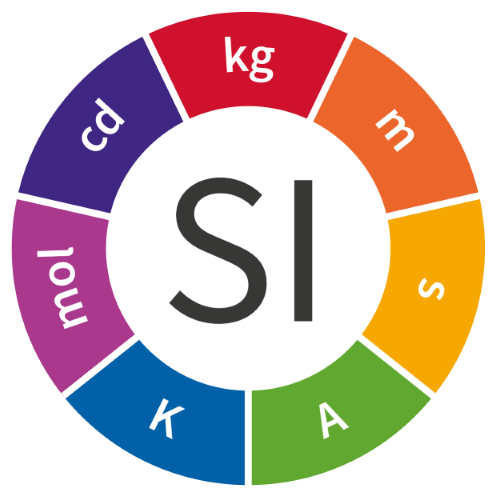
JSR-385 could have saved Mars Climate Orbiter[2] in year 1999.
Accidents in computer applications happen again and again due to calculation errors.
The International System of Units SI, commonly known as the metric system, is the international standard for measurement.
The International Treaty of the Mete was signed in Paris on May 20, 1875, by seventeen countries, including the United States.
In May 2019, the system of units was updated. All units are defined by constants of nature.
Still, various countries use alternate conventions to complicate our lives.
